Before the buzz of the electric motor, cleaning a carpet was a huge chore that involved dragging it outside and literally beating the dust out of it. The journey from that back-breaking task to a self-driving robot that silently cleans while you sleep is a story of amazing progress. The first "vacuum", the 1868 "Whirlwind", was a hand-powered machine that required the user to turn a crank while pushing it. It wasn't until the early 1900s, with giant machines like Hubert Cecil Booth's horse-drawn, gas-powered "Puffing Billy," that suction cleaning really started to catch on.
Today's vacuum is an amazing piece of engineering, but it still runs on the same basic science that powered those early inventions. This guide will take you deep inside the machine, showing you not just how a vacuum works, but the smart design that gives it power, intelligence, and the ability to make your home healthier.

How Does a Vacuum Cleaner Work?
A vacuum cleaner doesn't really "suck" dirt in the way you might think. Instead, it cleverly uses air pressure, turning the air in your room into a powerful cleaning tool. The process is just like sipping a drink through a straw:
1. The Engine Starts
An electric motor inside the vacuum spins a fan at a very high speed, often over 30,000 revolutions per minute (RPM). The purpose of this high speed is to move a large volume of air in a very short amount of time.
2. Air is Pushed Out
The spinning fan takes the air that is currently inside the vacuum and forces it out through an exhaust port. Before the air is pushed back into the room, it passes through filters to clean it.
3. A Low-Pressure Area is Created
Because air is constantly being moved from the inside of the vacuum to the outside, the amount of air inside the machine is reduced. This reduction of air creates an area of low pressure inside the vacuum cleaner.
4. Nature Rushes In
Air always moves from areas of higher pressure to areas of lower pressure. The normal air in your room is now at a higher pressure than the air inside the vacuum. As a result, the room's air flows very quickly into the vacuum through the cleaning head to equalize that pressure. This rapid, inward flow of air is called suction. The force of this suction is strong enough to lift dust, hair, and other debris from your floor and carry it into the vacuum dustbin.

What Are the Key Components of a Vacuum Cleaner?
Every vacuum is a system of parts working together. While the basic idea is simple, the design of each part is a story of smart choices and new technology.
The Motor: The Heart of the Operation
The motor is the engine, turning electricity into the mechanical force of suction. Modern vacuums mainly use two types:
- Universal Motors: The long-time workhorse of corded vacuums. These motors are powerful but can be noisy and have carbon brushes that wear out over time.
- Brushless DC (BLDC) Motors: This is the key technology that makes cordless vacuums possible. By using electronics and magnets instead of physical brushes, these motors are much more efficient, quieter, and last longer, which is essential for getting the most power and runtime from a battery.
A very important, often forgotten, part of motor design is cooling. A high-speed motor creates a lot of heat. In a "flow-thru" system (common in canisters), the air is filtered before it gets to the motor, so that clean air can be used to cool it. In a "bypass" system, which is needed for wet/dry vacs, a separate fan pulls in clean outside air to cool the motor, completely avoiding the dirty or wet air to prevent serious damage.

The Brush Roll: Stirring Up Dirt
Suction by itself is often not enough to get dirt that's stuck deep in carpet fibers. That's the job of the brush roll, a spinning cylinder with stiff bristles that turns at up to 6,500 RPM. It powerfully stirs up the carpet, knocking trapped dirt loose and lifting it into the airflow. This action is so important that a vacuum without a brush roll is mostly useless on carpets.
But traditional brush rolls often tangle hairs, which can reduce cleaning efficiency. Modern innovations like the DuoBrush technology have been developed to solve this common problem, offering better performance and easier maintenance.

The Dust Collector: Bagged vs. Bagless and the Cyclone Revolution
Once dirt is picked up, it needs a place to go. This is where one of the biggest changes in vacuum technology happened: the switch from bags to cyclone technology.
- Bagged Vacuums: The classic method uses a special bag as the main filter. It's cleaner to throw away, but it means you have to keep buying bags, and the vacuum's performance gets worse as the bag fills up.
- Bagless Vacuums: These use cyclone technology. The incoming air is forced to spin in a whirlpool, like a tornado in a container. The spinning force throws the heavier dust and dirt outside, where it hits the wall and falls into the collection bin, while the cleaner air keeps going. Advanced multi-cyclonic systems use a second, smaller set of cyclones to spin the air even faster, removing the tiniest dust particles and keeping filters from getting clogged.

The Filtration System: From Dust Bags to HEPA
A vacuum's final, and maybe most important, job is to make sure the air it blows out is clean. This is the job of the vacuum filter. The best version of this technology is the HEPA filter vacuum. A true HEPA (High-Efficiency Particulate Air) filter is proven to trap 99.97% of particles as small as 0.3 microns.
It doesn't work like a simple strainer. Instead, it uses a thick layer of tiny fibers to trap particles in three ways:
- Impaction: Large particles crash right into the fibers.
- Interception: Medium-sized particles follow the air but get snagged on the edge of a fiber.
- Diffusion: The tiniest particles move randomly and end up bumping into a fiber.
However, a HEPA filter only works well if the vacuum has a sealed system. This means every crack and opening is sealed to stop dirty air from escaping before it goes through the filter, a key feature for anyone with allergies.

How Do Different Types of Vacuum Cleaners Work?
- Upright Vacuums: Uprights work by putting the motor directly over the brush roll, creating a short airflow path that maximizes suction power right at the carpet surface.
- Canister Vacuums: Canisters take a different approach by separating the motor into a wheeled body connected by a hose. This design lets the lightweight wand deliver focused suction without the motor's weight.
- Wet / Dry Vacuums: But how does a wet-dry vacuum cleaner work safely? A wet-dry vacuum cleaner uses bypass cooling to keep the motor separate from incoming air. An internal float automatically blocks the motor opening when liquids are detected.
- Corded vs Cordless Vacuums: When it comes to corded and cordless vacuum power, the difference lies in delivery. Cordless models use brushless motors and batteries to match corded suction, but deliver it in bursts rather than continuous power.
- Robot Vacuums: The robot vacuum works by combining traditional suction with smart mapping using LiDAR or cameras. Meanwhile, modern robot vacuum and mop combos add water systems and scrubbing pads to clean beyond just vacuuming.
What Does the Future Hold for Vacuum Cleaners?
Vacuum technology is moving quickly toward a future where vacuums are smarter and more independent. The lines are blurring as robot vacuums include smart mopping, self-cleaning stations, and even air purifying features. AI will go beyond just navigation to offer personalized cleaning, learning the busy spots in your home, and changing schedules on its own.
And with a bigger focus on being eco-friendly, we expect to see more machines made from recycled materials, and with designs that have parts that are easy to fix or replace. The simple machine that saved us from beating rugs is turning into a smart partner in keeping our homes clean and healthy.

FAQs About Vacuum Technology
Q1: Does a vacuum cleaner ventilate air?
Not exactly. A vacuum cleaner doesn't "ventilate" air in the way a fan or HVAC system does. Instead, it creates airflow. Inside, a motor-driven fan pulls air through the intake (where dirt is collected) and pushes it out through an exhaust port. This movement lowers the pressure inside the vacuum, causing higher-pressure air from the environment to rush in and creating the suction that picks up debris.
Q2: What makes a vacuum cleaner more powerful?
Three main things determine a vacuum's power: the motor's strength, the airflow (measured in CFM, or cubic feet per minute), and a sealed system design. A sealed system stops air from leaking out, making sure that all of the suction power is focused at the cleaning head where it's needed most.
Q3: How effective is vacuuming?
Regular vacuuming is very good at removing surface dirt, crumbs, and, most importantly, allergens. Using a vacuum with a high-efficiency filter can greatly reduce airborne dust and pet dander, making things better for people with allergies and asthma.
Q4: How do HEPA filters work in a vacuum cleaner?
A HEPA filter works like a very fine net. It's made of a thick layer of tiny glass fibers. As air is forced through it, particles are trapped in three ways: large particles crash directly into the fibers, medium particles get snagged as they flow past, and the tiniest particles move randomly and end up bumping into the fibers.















































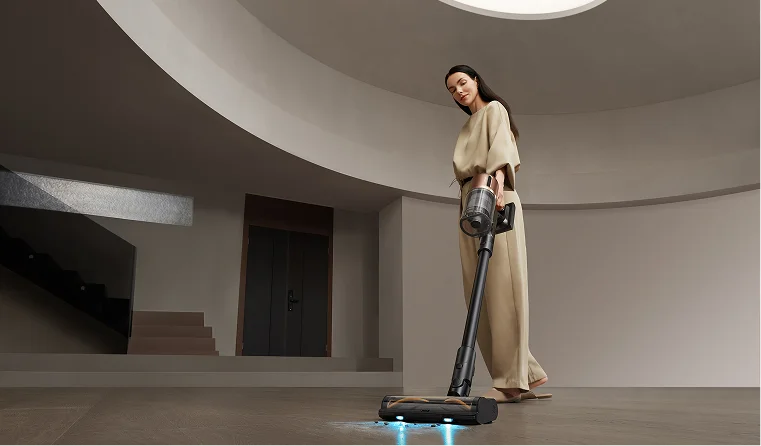
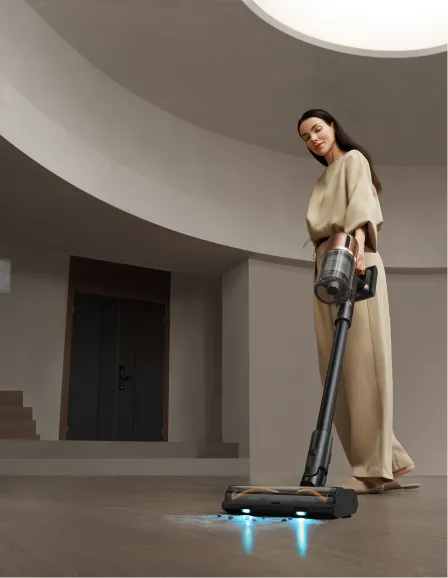

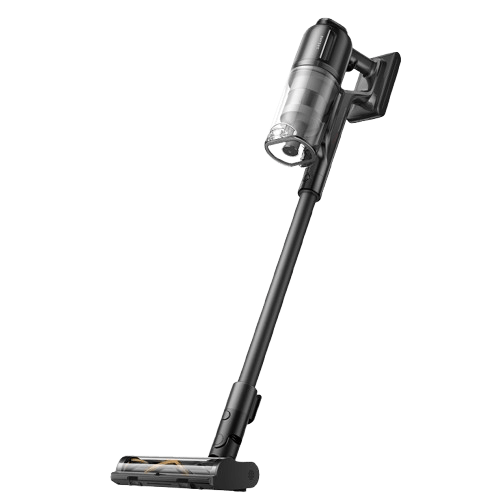

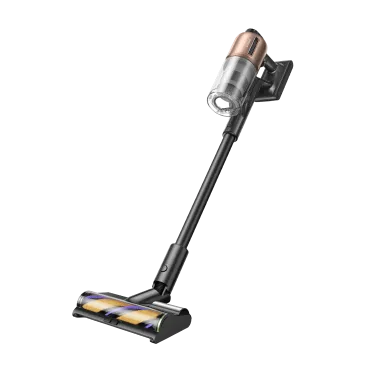
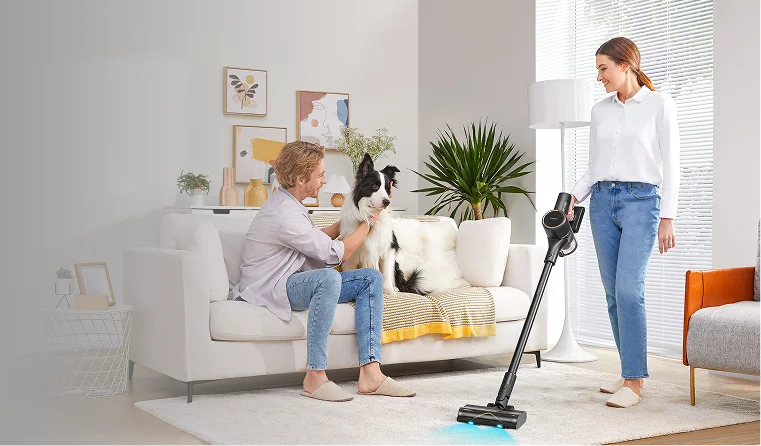
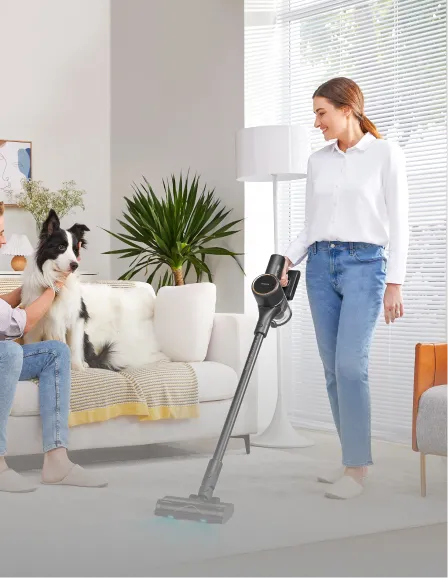
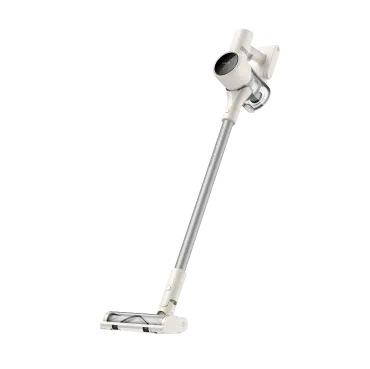
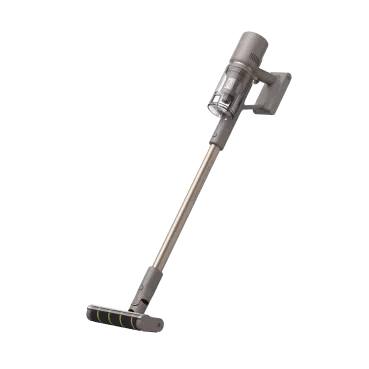
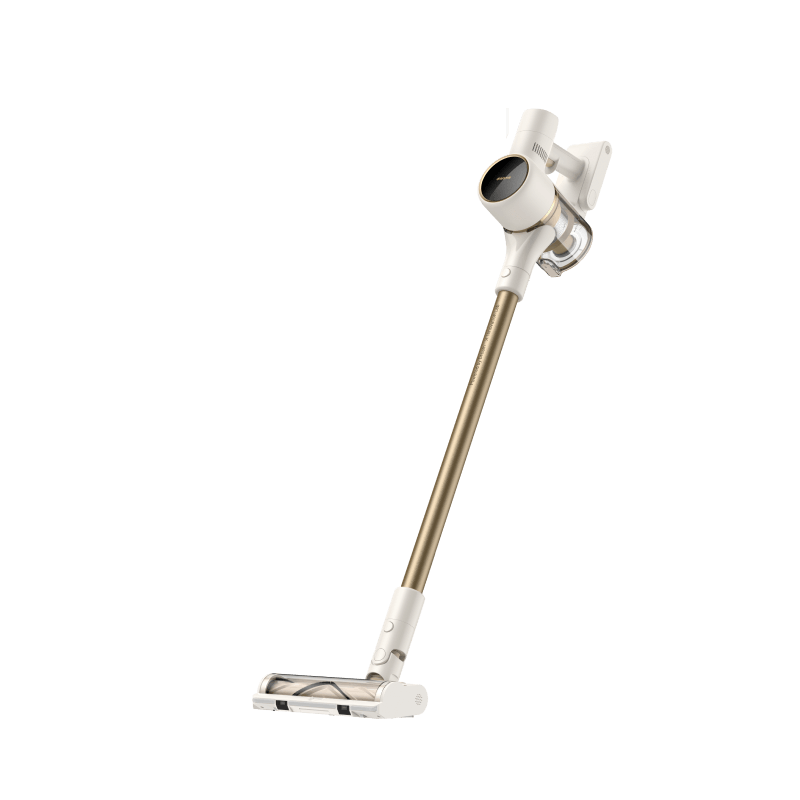
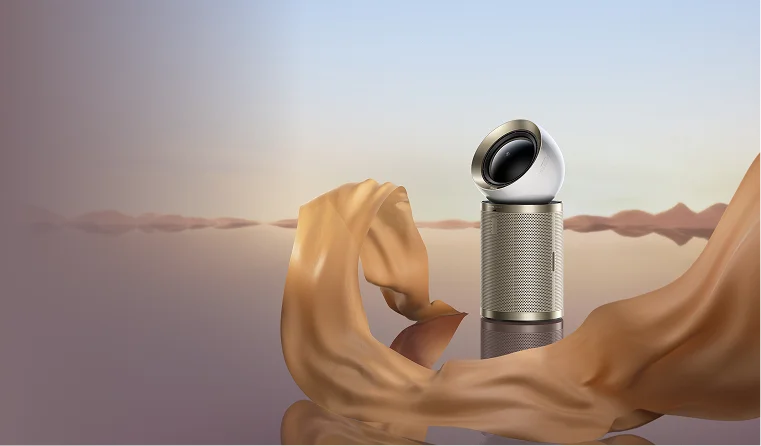
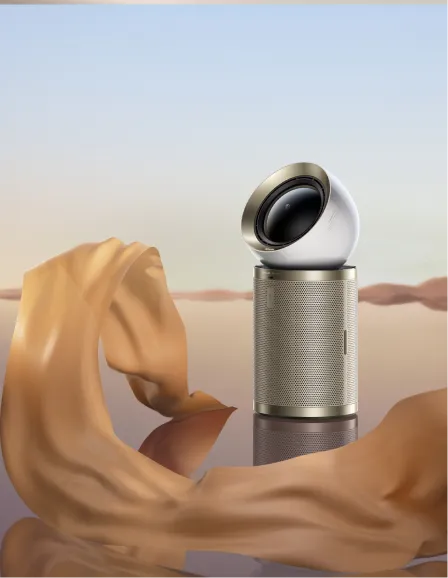

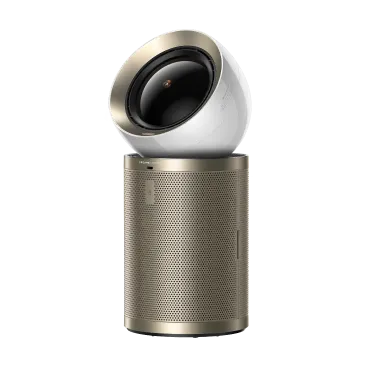

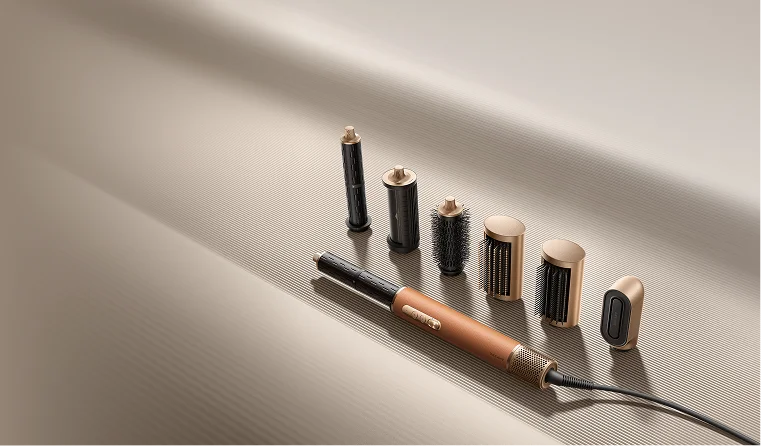
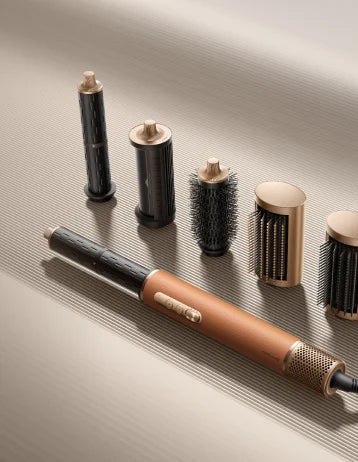
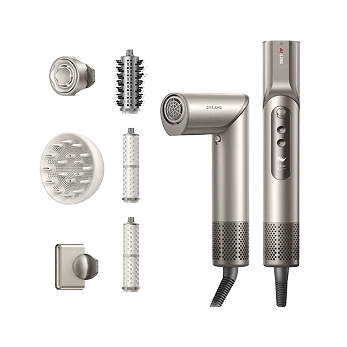


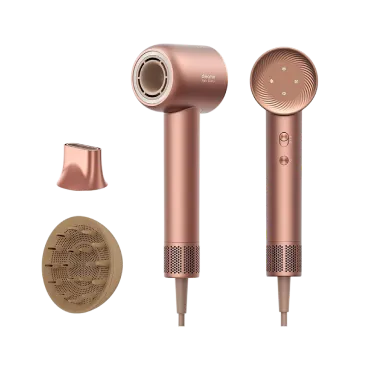
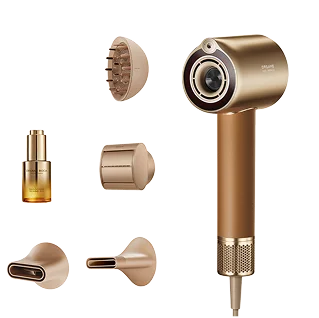




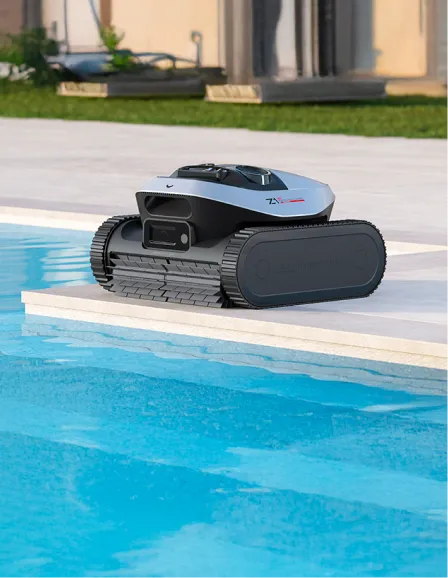
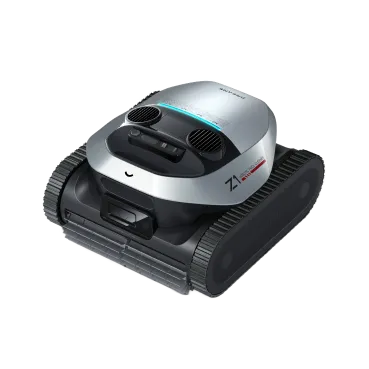
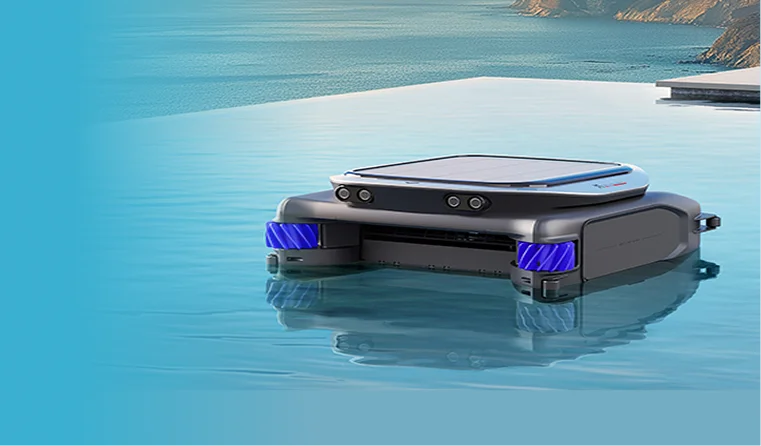











 Australia
Australia 中国大陆
中国大陆 日本
日本


 Türkiye
Türkiye


 Italia
Italia
 Netherlands
Netherlands Belgium
Belgium
 Greece
Greece Polska
Polska
 Norway
Norway
 Sweden
Sweden
 Finland
Finland
 Denmark
Denmark
 Hungary
Hungary Czechia
Czechia
 Slovenia
Slovenia
 Croatia
Croatia
 Switzerland
Switzerland United Kingdom
United Kingdom
 Canada
Canada

